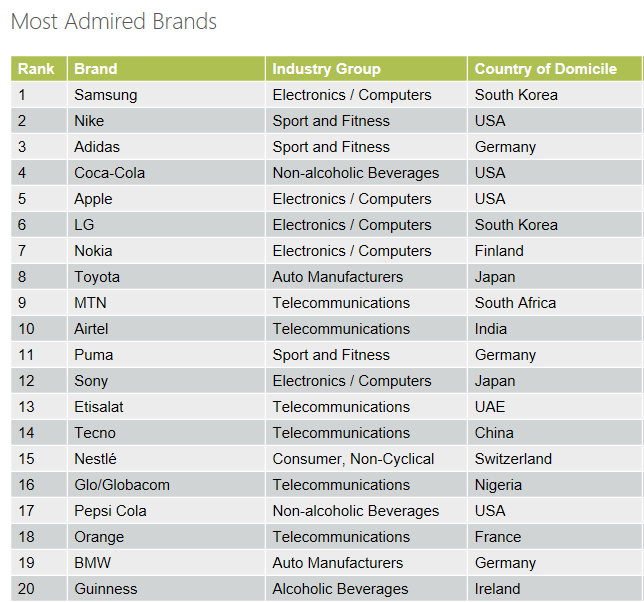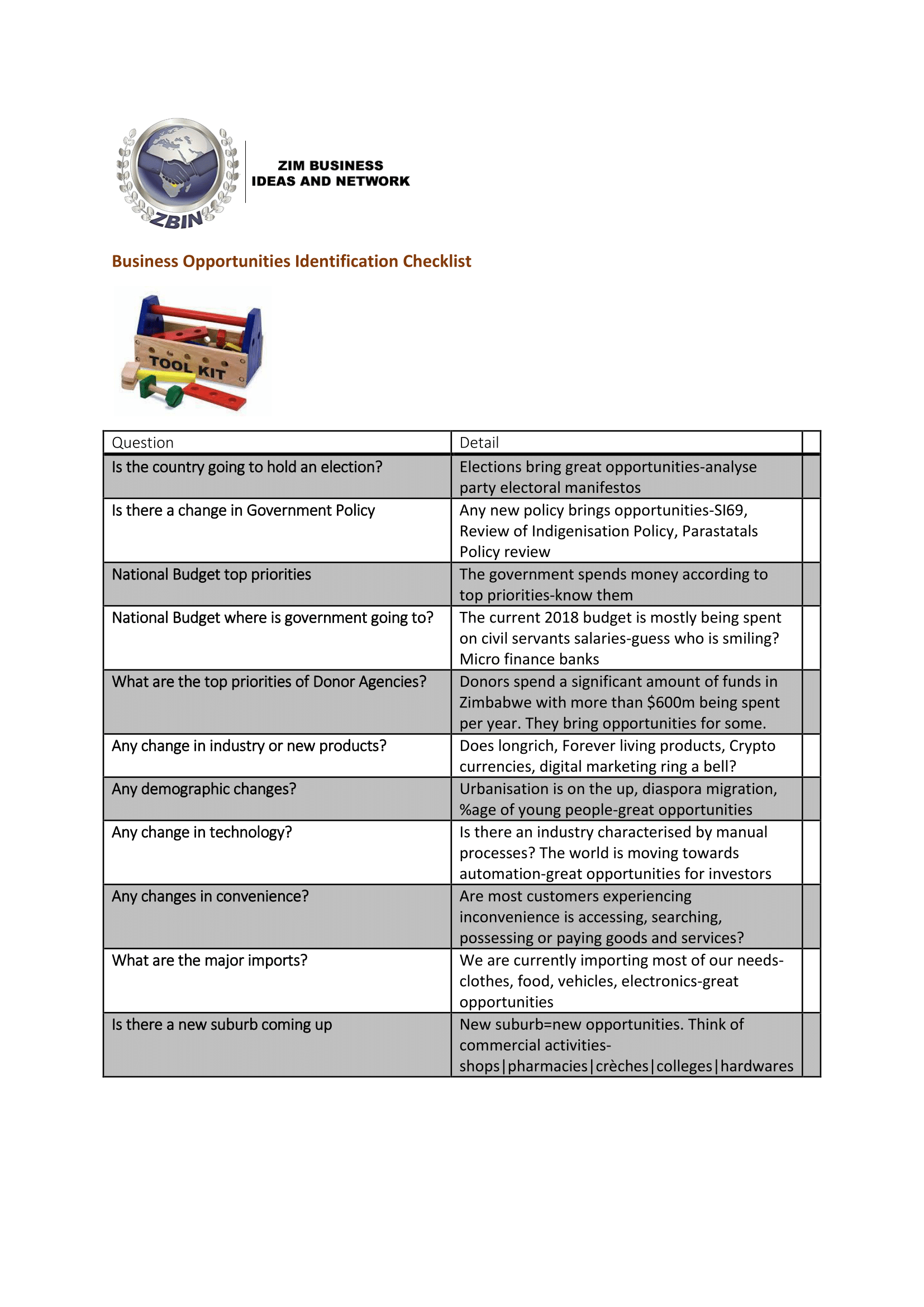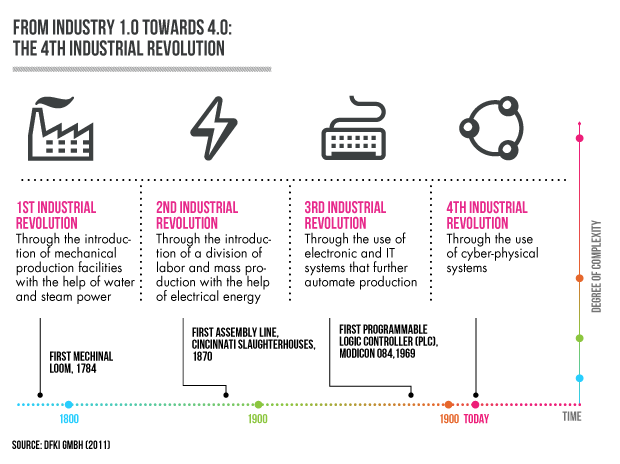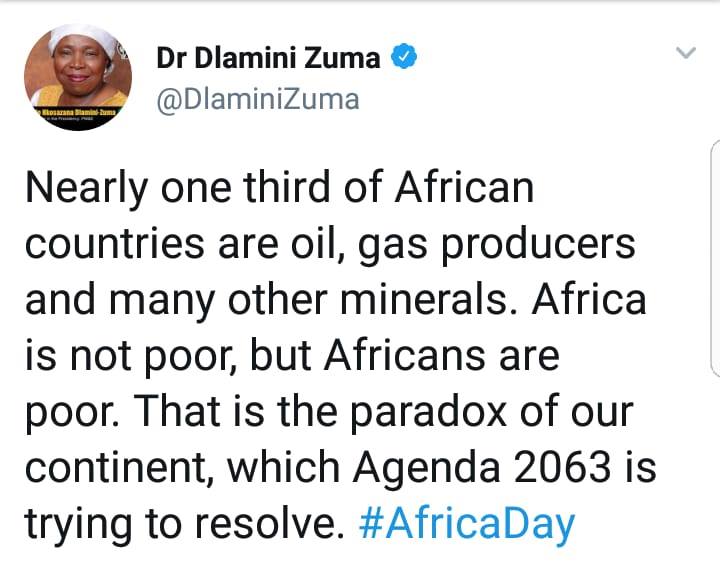The transport business is a highly competitive field where you find a lot of operators fighting for passengers. Our business forum has been to Zambia, Malawi, Angola, Lesotho and South Africa where we found out common traits that can be used by many entrepreneurs. Of course the industry is well known for breaking road rules and causing all sorts of evil on our roads but behind the controversy, there are some good points to learn from the industry.
- They compete : There is strong competition for passengers, this competition is good for the industry-you snooze, you lose.
- They complement: Does this not go against the first point? No it does not, they compete and complement each other. Any taxi that breaks down is likely to be supported by another.
- Organised : It is difficult to find organised groups of black entrepreneurs in South Africa but taxi owners win the trophy when it comes to organisation. When at Park Station in Jozi or Renkini in Bulawayo-taxis will be parked in an orderly way and everyone follows the rules-you wait for your turn.
- Innovative: They know all their routes well, all the corners-peak hours and how to maximise on revenue.
- Market for everyone: The philosophy in the industry is there is market for everyone, if you lose one passenger, keep going and find the next.
So there you are, add or subtract from the list. We have a good case study of organised black owned business model. What is now required is to refine this model and cascade it across all economic sectors. You should be able to mobilise resources, form businesses and compete at the same time. The Somali owned spaza shops use the same model. Pool resources and enjoy economies of scale -buy goods and share and then operate from the same street fighting for the same clients.
![]()




















